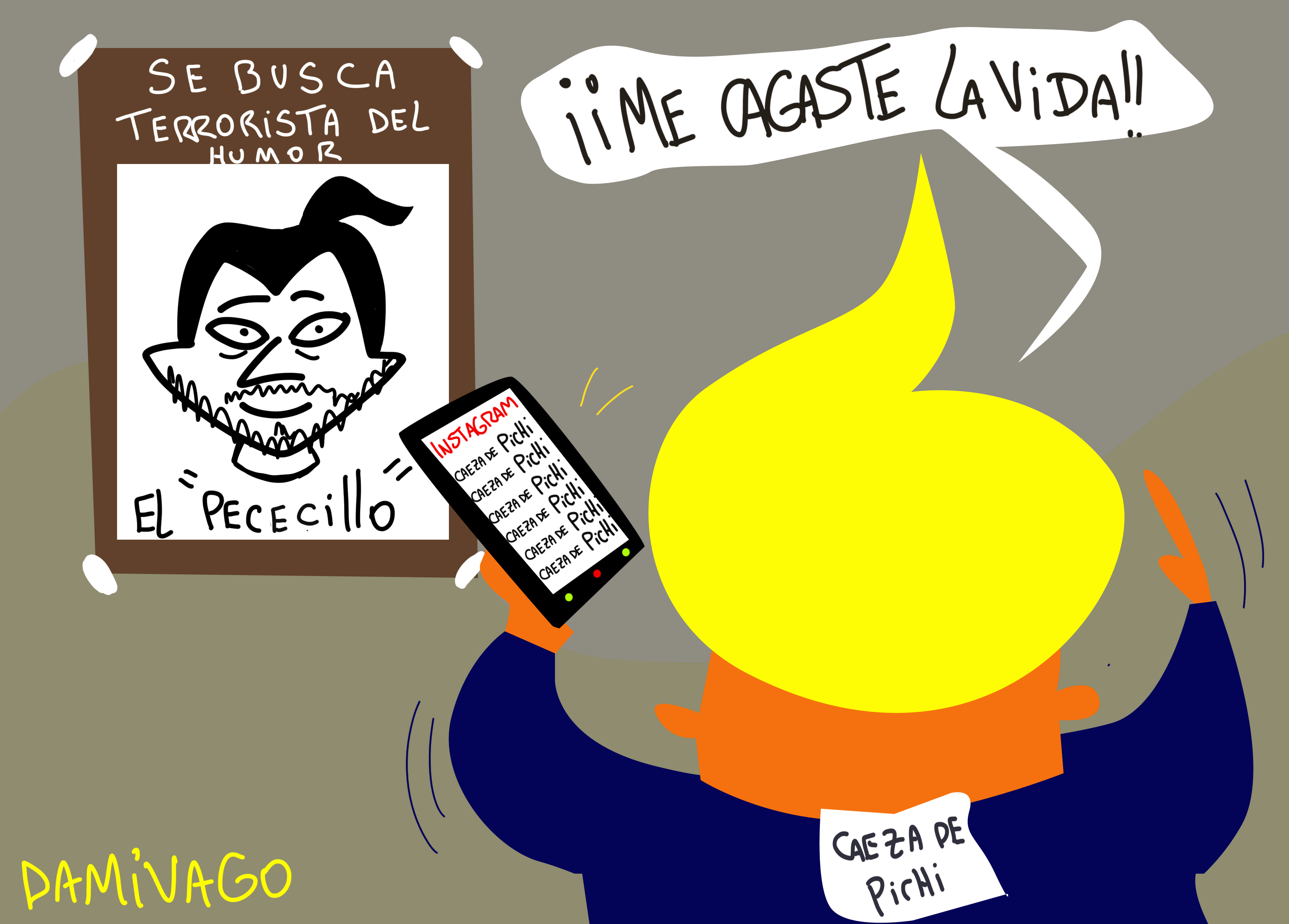

Limits against the overuse of maternal endogenous mineral allocated to the litter have been described for female laboratory mice ( Mus musculus- Hood 2012). However, loss of bone mass or density may be attenuated if proteins and minerals in the tissues are replenished from dietary supplies ( Krebs et al. Maternal reserves of Ca and P in bone may be mobilized to meet the demands of reproduction ( Kovacs and Kronenberg 1997). Transfer of Ca and phosphorus (P) from mother to offspring increases after birth as the skeleton develops and begins bearing the increasing mass of the growing animal ( Brommage 1989).

In many species, maternal bone tissues play a key role during this process by supplying important quantities of minerals, especially Ca, to the fetus ( Kovacs and Kronenberg 1997).
#CAEZA DE PICHI SERIES#
Lactation involves a series of substantial maternal metabolic adjustments, including marked changes in maternal calcium (Ca) homeostasis.

Por otro lado, nuestros resultados sugieren que las hembras requerirían una DMO alta para reproducirse.Īrmadillos, BMD, calcium, Cingulata, computed tomography, gestation, lactation, Xenarthra Concluimos que las hembras lactantes no sufren desmineralización, por lo menos del caparazón y fémur, durante la lactancia. La DMO de las placas marginales, tejido compacto y esponjoso del caparazón, y cabeza femoral de las hembras lactantes fueron similares a las de los machos adultos y significativamente mayores que en hembras adultas sin signos de gestación o lactancia. Los juveniles, machos y hembras, presentaron valores de DMO significativamente menores que los adultos. Se comparó la densidad mineral ósea (DMO) de sus placas marginales, hueso compacto y esponjoso del caparazón, y hueso femoral. Para esto, se realizaron tomografías computarizadas de piches ( Zaedyus pichiy) muertos, siendo 32 hembras y 13 machos de diferentes clases etarias y estados reproductivos. El objetivo de este estudio fue evaluar si existen diferencias en la densidad mineral del caparazón y endoesqueleto de armadillos hembras reproductivamente activas (especialmente lactantes) e inactivas, y de machos. Surge entonces la pregunta cómo las hembras lactantes obtienen la cantidad suficiente de minerales para proveer a sus crías para el desarrollo y endurecimiento de su caparazón. Sin embargo, los armadillos se alimentan principalmente de insectos, un recurso pobre en calcio y fósforo. La mayoría de los mamíferos tienen altas tasas de crecimiento y requieren elevados niveles de minerales. Los armadillos (Cingulata: Dasypodidae y Chlamyphoridae) son los únicos mamíferos que poseen un caparazón óseo. However, our results suggest that a high BMD may be necessary to support reproduction in female pichis. We conclude that lactating females do not seem to lose bone density, at least from the carapace and femur, during lactation. Average BMD values of the marginal scutes, compact and spongy bone of the carapace, femoral head, spongy bone, and femoral cortical bone of lactating females were similar to those of adult males and significantly higher than values of adult females without signs of gestation or lactation. Juveniles of both sexes had significantly lower BMD than adults. We performed computed tomography of 32 female and 13 male dead pichis ( Zaedyus pichiy) of different age classes and reproductive status and compared bone mineral density (BMD) of their marginal scutes, compact and spongy bone of the carapace, and femoral bone. The objective of this study was to evaluate whether there are differences in the mineral density of the carapace and endoskeleton of reproductive (especially lactating) and non-reproductive female armadillos, and those of males. This raises the question how lactating females obtain the needed minerals to provide their offspring sufficient quantities for the development and hardening of their carapace. However, armadillos feed mainly on insects, a poor source of calcium and phosphate. Most mammals have rapid growth rates and require high mineral levels. Armadillos (Cingulata: Dasypodidae and Chlamyphoridae) are the only mammals bearing an osseous carapace.


 0 kommentar(er)
0 kommentar(er)
